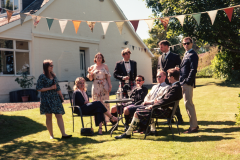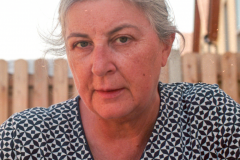Exercise 4: The Gaze
“The picture serves as a trap for our gaze.” Durden, M. & Grant, K. Double Take: Portraits from The Keith Medley Archive (2013) Liverpool: LJMU Archives. Pg 15. This exercise gives you the opportunity to explore the image as a window with which to trigger memory.
The objective here is to produce a series of five portraits that use some of the types of gaze defined above. The specifics of how you achieve this are down to you; you choose which types of gaze you wish to address and who your subject might be in relation to this decision.
What you’re trying to achieve through these portraits is a sense of implied narrative, which you can explain through a short supporting statement. Don’t try and be too literal here; the viewer must be able to interact with the portraits and begin to make their own connection to the work, aided by the type of gaze you’ve employed.
Write down any thoughts or reflections you might have regarding this exercise and include this in your learning log or blog.
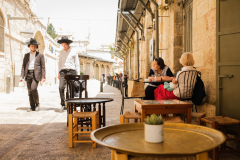
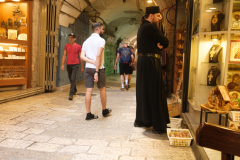

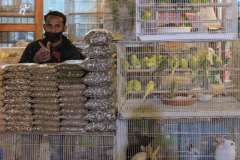

-
- Direct-where the subject appears to be looking directly at the viewer-often seen in considered portraiture
- cultural
- Internal-where subjects within an image are captured staring at eachother
- Bystanders – the viewer being observed in viewing.
- Audience-a subject being observed by others
- Averted- subject purposely looking away
- Editorial-portion of subjects gaze is emphasised and controlled-passport, mugshot, gossip magazine,photo-journalisim
- Camera-the gaze of the photographer
- Colonial-how Western photographers might depict non-western resulting in stereo-types or re-inforcing demeasning tropes
- Tourist- outsiders depicting a culture based on an outsider or stereotyped view
- Humanitarian-depicting minorities or groups over-emphasising their issues, power-imbalances and creating negative stereotypes
- Male-how some men depict women in images reinforcing objectification
My research into the gaze and memory has helped me focus and be more aware of my intent and how I’m actually composing, presenting, looking out for and framing images. It has made me think about the types of subject matter I would be prepared to photograph or how I might actually do it. For example, I would be very reticent to take images of people in distress or homeless just for the sake of it.
Considering the different types of gaze has made me a bit more self-aware. The colonial and male gaze is something I begin to see more in images; this completely changes how I view them and what I take away from them. Also, when I began this course, one of my aims was to understand photographs and what makes a good image-the concept of the gaze has given me more pieces of the puzzle. The interaction between the viewer, the subject and the photographer is muli-faceted, one that the photographer has no control over and is constantly in flux.
Part of this interaction is also memory, Henri Bergon argued that memories are not fixed records of events but constantly evolving and changing, shaped by our present experiences and perspectives. I think our experiences change how we perceive and remember events, but images record a sliver of time, albeit stripped of their context and what went before and after that specific moment. And this is what makes photographs so malleable, interesting, and open to interpretation.
Artists inspired by Bergon include Sugimoto Hiroshi-his durational images taken in theatres or Robert Franks “Americans’ often seen as an exploration of memory. In his series, Sectarian Murder, Paul Seawright, uses images of locations where sectarian murders took place as they are today but with text from reports from the time of the murders. The result is a powerful series of images that trigger a memory of the terrible things that happened in Northern Ireland.The seemingly nondescript images of everyday places coupled with text and historical context helping the past enter the present ina very powerful way.
Recently, I read David Company’s essay in ‘Singular Images-Essays on Remarkable Photographs’ about the image ‘Dust Breeding’ attributed to Man Ray and Marcel Duchamp. He points out that the image and its meaning have changed for him over time and he has encountered it in various settings. Regardless, I find it hard to drum up the same enthusiasm he ascribes to the image and feel the connections he makes could be made for any number of images. He creates and participates in an ecosystem around the image, applying elements of semiotics and metaphor but at its essence, it’s just a banal image of a dusty window. What I took away from the essay was a window into David Company. A well-read and educated author who uses his considerable knowledge to make connections. This, for me, is an academic exercise and has very little to do with practical photography.
References
Berger, John, 2008, Ways of Seeing, London,Penguin Modern Classics
Howarth, Sophie, 2005, Singular Images-Essays on Remarkable Photographs, Tate,London
Hiroshi,Sugimoto,Theaters, https://www.sugimotohiroshi.com/artworks (accessed May 4th 2023)
Seawright,Paul, Sectraian Murders, https://www.paulseawright.com/sectarian (accessed May 4th 2023)


